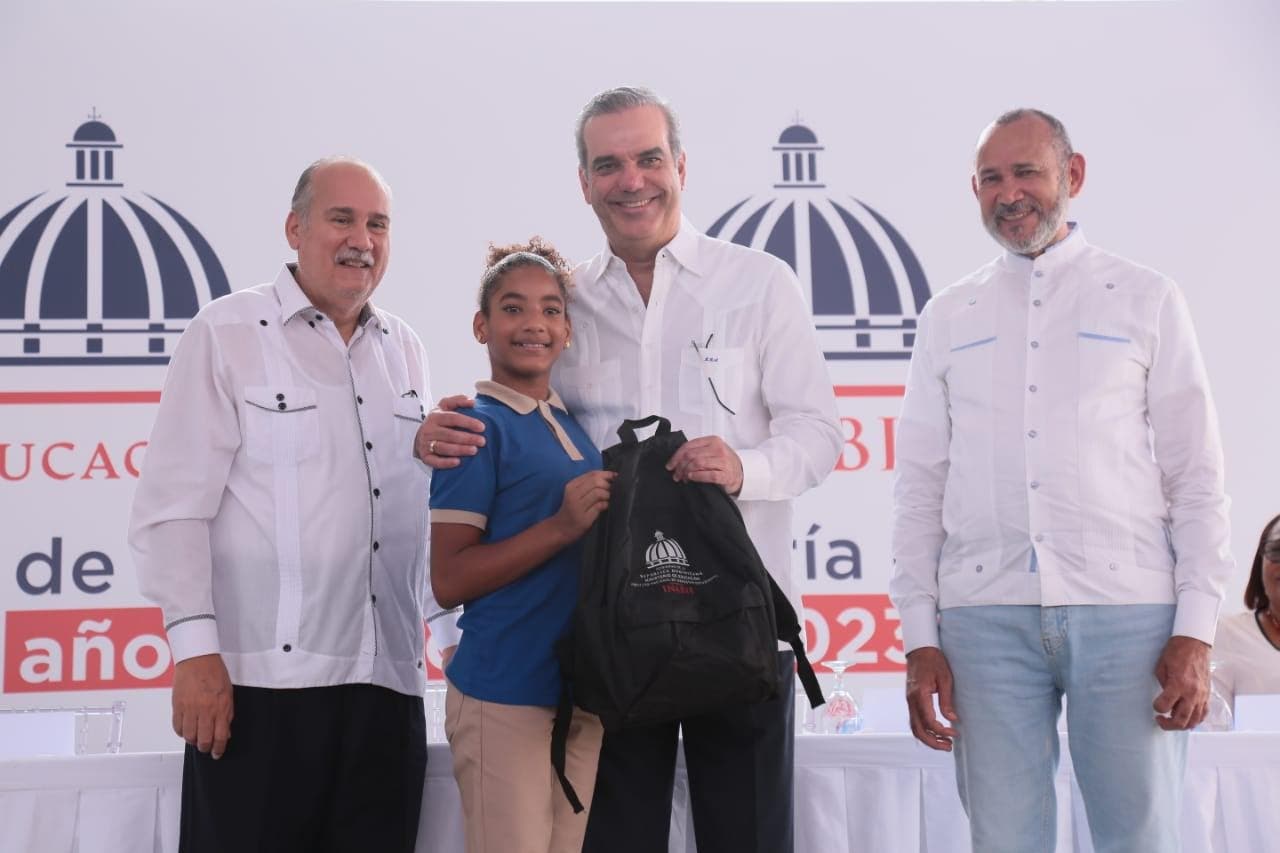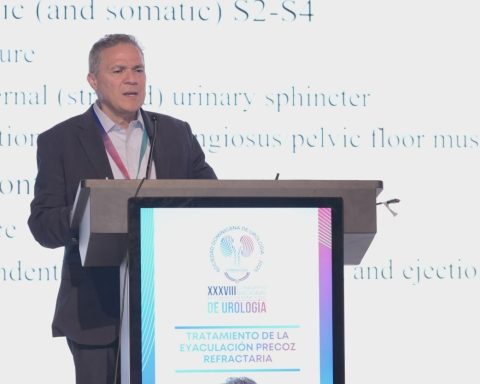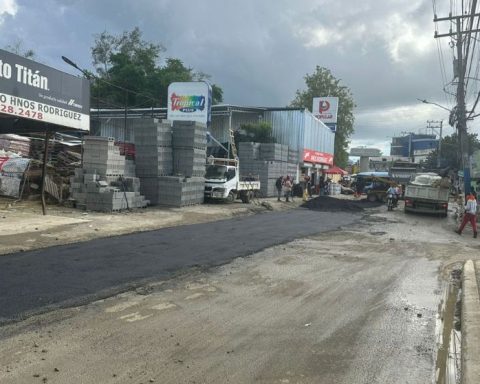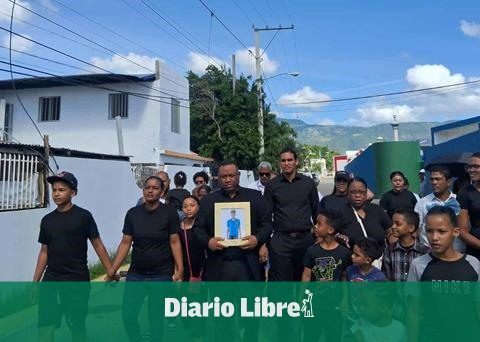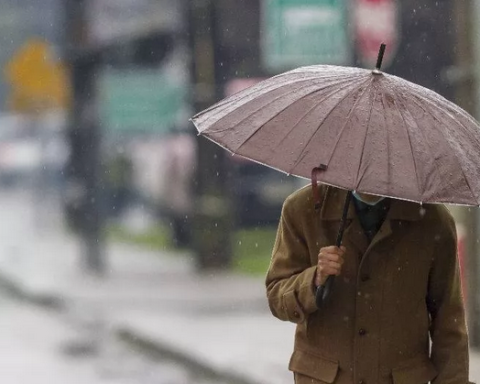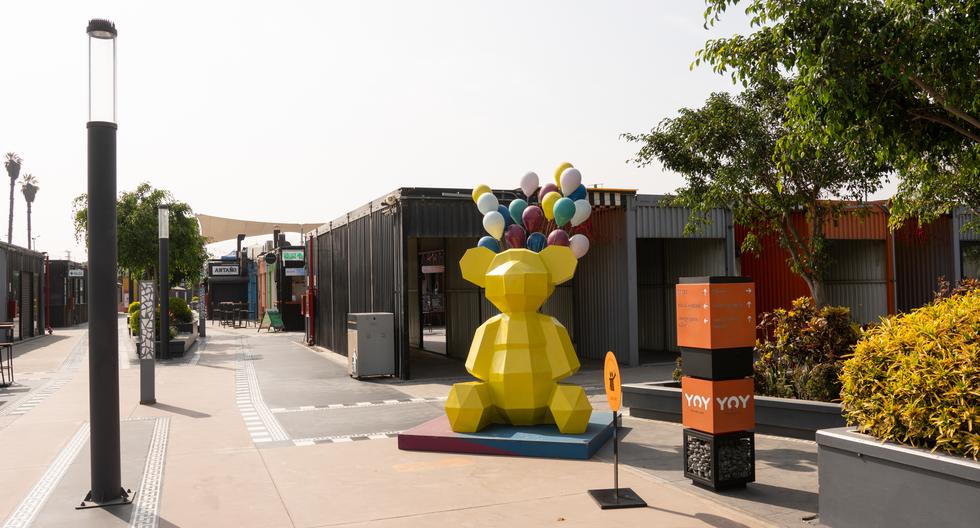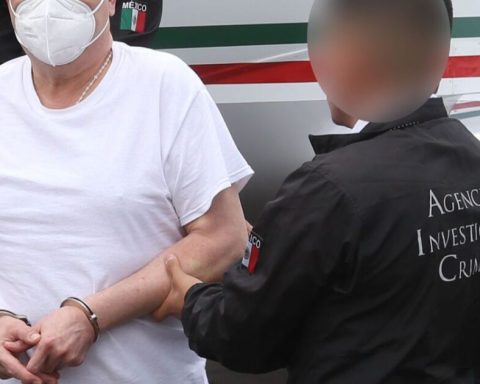Santo Domingo.- More than 600 thousand students of the country’s national public education system will benefit from the delivery of school kits that the Ministry of Education MINERD began today through the National Institute of Student Welfare (INABIE) in an act headed by the president Louis Abinader.
With the initiative, the economic burden of the Dominican family is alleviated with savings of more than RD$ 1,000 million.
The executive director of INABIE Víctor Castro was also present at the activity, who highlighted that for the first time efforts have been made so that the props reach the students on time.
“The commitment of this government is to bring timely assistance mainly to families in vulnerable conditions, who are the ones for whom this social policy is intended, especially in the context of uncertainty that the world is experiencing. As part of the commitment we have assumed, we are making the corresponding arrangements to increase some 300,000 units of school supplies to be delivered for the 2023-2024 school year, this is change,” Castro stressed.
The opening ceremony was held at the Patria Mella educational center located in Santo Domingo Este, which is one of the 5,023 centers identified as beneficiaries of this social policy.
We invite you to read: Abinader heads delivery of school supplies
What do the kits contain?
The kits, which have an estimated cost of RD$1,880.57 each, are made up of a t-shirt, pants, a pair of shoes and socks, as well as a backpack containing three notebooks, a charcoal pencil, a box of colored pencils, a pencil sharpener, an eraser and rulers.
These items are nationally produced, an element that also impacts the country’s economic dynamics, benefiting Dominican producers and encouraging job creation.
delivery process
The delivery process begins with a first stage that will cover more than 300,000 students to exceed 600,000 schoolchildren, who will have the educational clothing prior to the start of the 2022-2023 school year scheduled for September 19.
The school kits will be transferred from the warehouses to the 18 educational regions, from where the delivery chain will continue to the educational districts and later to the 5,023 initial and basic schools identified as beneficiaries.
Selection criteria for beneficiary centers and percentage of delivery
According to the established policy, the beneficiary educational centers are chosen according to the vulnerability map of the Single System of Beneficiaries.
In this sense, the enrollment of students who are in the centers with the highest vulnerability index, which total 221,056 schoolchildren, will be covered with the delivery of 100% of the kits. These students belong to 6 regions: Bahoruco, Azua, Barahona, San Juan, Monte Plata and Monte Cristi.
While in the rest of the centers that add up to 3,598 campuses, 40% of the current student enrollment that amounts to 379,004 students who belong to 12 regions will receive kits.
The activity was also attended by Rafael Bello, Vice Minister of Quality, Evaluation and Control of Education of the Minerd, Manuel Jiménez, Mayor of Santo Domingo Este, Eduardo Hidalgo, President of the Dominican Association of Teachers (ADP), Sergio Antonio Rodríguez Blanco, district director, the regional director, Teodosia Otaño and the director of the Patria Mella School, Josué Pichardo.
